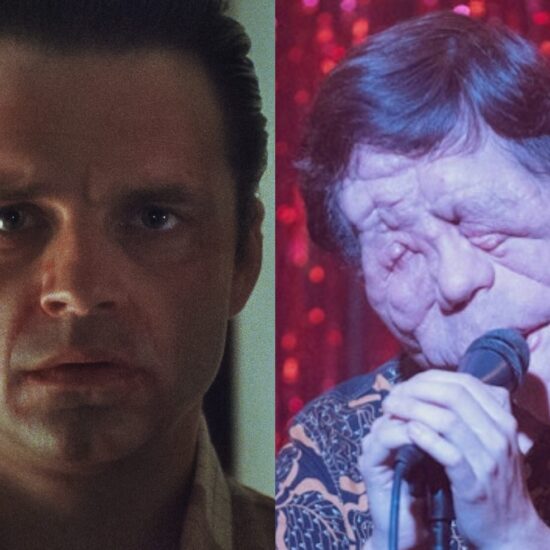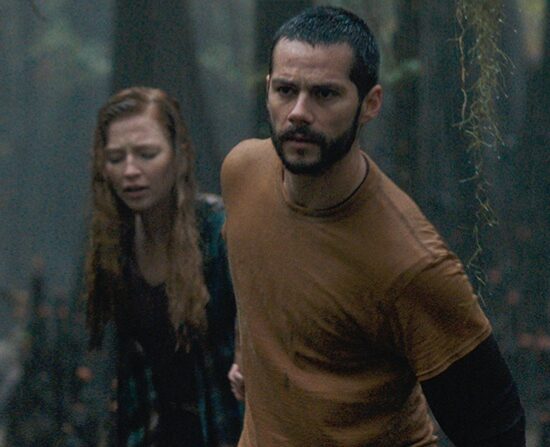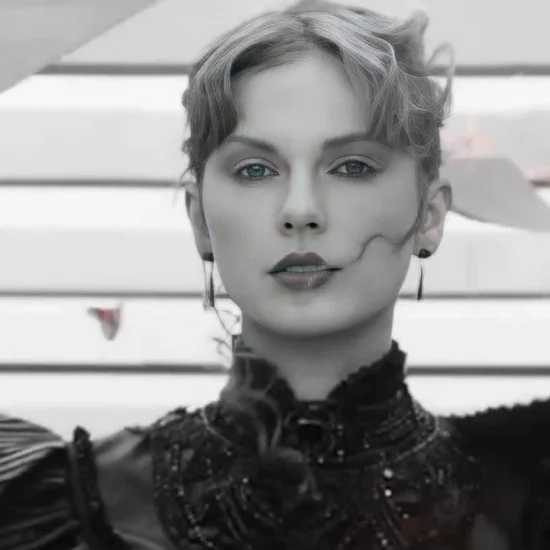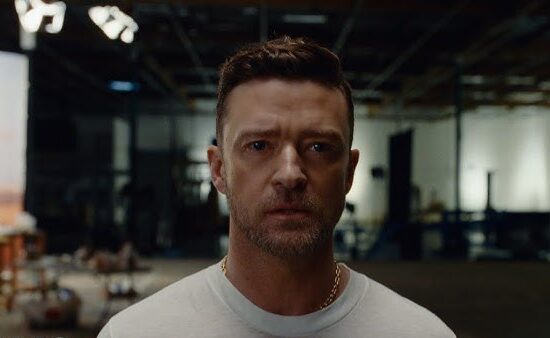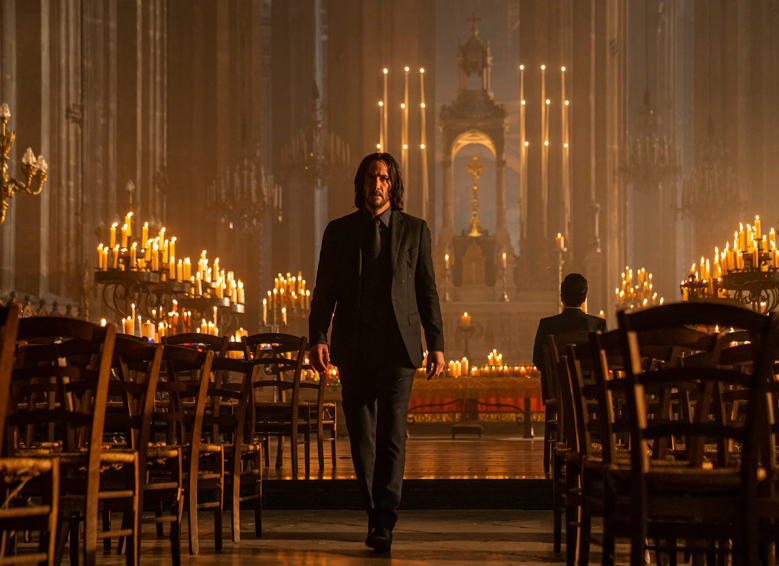
Editor Nathan Orloff tells IndieWire about combining score and source music and his approach to creating a new temp score for “John Wick: Chapter Four” out of elements from the previous films.
One of the many pleasures of “John Wick: Chapter Four” is how it seamlessly integrates camera movement, editing, and action choreography with music — no surprise given that director Chad Stahelski has acknowledged “Singin’ in the Rain” and Bob Fosse as influences. The propulsive score by Tyler Bates and Joel J. Richard weaves in and out of needle drops by Le Castle Vania, Manon Hollander, and Lola Colette, whose cover of Martha and the Vandellas’ “Nowhere to Run” ties “John Wick: Chapter 4” to one of its primary sources of inspiration, Walter Hill’s “The Warriors.” The balance between score and source music mirrors and enhances the careful rhythms established by Stahelski’s staging and structuring of the set pieces, and it was one of the most enjoyable aspects of editor Nathan Orloff’s job.
“I had a lot of fun putting music to this,” Orloff told IndieWire, noting that the figure of the disc jockey borrowed from “The Warriors” was a huge help in motivating songs that would complement the action. “I wanted to alternate dynamics, so first we do a needle drop for the Paris street fight, then go into score for the beginning of the Arc de Triomphe chase, then we do a needle drop when he’s outside the car, and then we do score again for the apartment complex and go back to a needle drop for the stairs.” Orloff added that using preexisting songs can be as dangerous as it is fun. “It can be very tempting to just turn it into a music video, so I wanted to be very conscious of making sure we didn’t do that.”
Although Bates and Richard composed an entirely new score for the film, both had a history with the “John Wick” franchise that came in handy when Orloff (who was new to the series) was temping the film and was given access to premixed individual tracks — called “stems” — of drums, bass, synths and other instruments that could be repurposed to suit his needs. “Never again in my career will I be as lucky as I was on this,” he said. “I had three films of score, and not just score but stems. So I could take a cue from ‘John Wick 2’ that had 14 different parts to it, and I could pull out one little part that no one’s ever heard by itself. Then I could combine that with another little part from the first ‘John Wick,’ or download a Japanese flute instrument from YouTube and combine it with this stem to create a new beat.” By remixing and reimagining elements of the previous “John Wick” scores, Orloff could cut to the franchise’s rhythms and provide a more precise guide than is typical to Bates and Richard.
“What’s usually so hard about temp scoring is tone,” Orloff said. “Are we matching the tone, or are we being distracting? Is this what we want to say? In this case, Chad and I were able to tell the composers, ‘This is the tone. We found it.’” Orloff estimates that only about 5 percent of the temp music came from movies other than “John Wick” films. “It was really cool to be able to construct the new cues out of ‘John Wick’ stems and really tailor both the action and the dialogue scenes to them. Temp music can be a crutch, and when you change it later, you’re like, ‘Oh crap.’ So it was nice to have an authentic ‘John Wick’ score from the beginning that reflected the movie’s identity.”
Sign Up: Stay on top of the latest breaking film and TV news! Sign up for our Email Newsletters here.








